Here at Mazillo, we’re proud to create filler-free products using only the most effective and earth-friendly ingredients. While we’ve spoken a lot about what goes into our unique formulas, we’ve left out one key bit of information: what’s not in our products and why.
We asked for your feedback, and you told us you’re confused about why our products don’t contain vitamin C, retinol, and other popular active ingredients in skincare. The short answer is that we use better ones.
In this post, we’ll touch on trendy active ingredients and the benefits they boast compared to the proven effects of our alternatives. We promise you, you’re not missing out on anything with your Mazillo skincare routine!
4 alternative active ingredients in skincare
In a recent post, we discussed what active ingredients in skincare are. Now it’s time to dive deeper into specific ones you might be familiar with, and 4 of our biotech skincare ingredients you might not know so well.
These include:
- Orpheus Flower Stem Cells (Found in Replenishing Moisturiser)
- Calendula Stem Cells (Found in Regenerate + Protect Essence Toner)
- Bulgarian Rose Stem Cells (Found in Purify + Nourish Face Mask)
- AQUAXYL (Found in Replenishing Moisturiser)
They’re multi-functional, but we’ve picked out a key property of each to compare it to the claimed benefits of the more popular ingredients.
Dark spots: Vitamin C vs. Orpheus Flower Stem cells
Everyone knows about bright and citrussy Vitamin C.
This fashionable antioxidant fights harmful free radicals that come into contact with the skin. There’s some evidence that it can block pigment production in the skin, reducing dark spots and brightening your complexion, although more research is needed.
The downside to this zesty vitamin is that it can come with a sting. Some people find when they first use vitamin C skincare products it causes a tingly sensation and irritation.
Enter Orpheus Flower Stem Cells. Like vitamin C, this powerful active ingredient is an antioxidant and improves the skin’s radiance. While its most pronounced effect is increasing the elasticity of the skin, our studies show it can also significantly decrease pigmentation in the skin.
Fine lines: Retinoids vs. Calendula Flower Stem Cells
Everyone has been raving about retinoids recently. Retinol, retinal aldehyde, and retinyl esters are derived from vitamin A. You might have been told this ingredient is key to staying young and beautiful (which is a beauty myth by the way – beauty is at every age).
Retinoids work at a cellular level to encourage the skin to renew itself at a faster rate. It’s not gentle, though. Too high a concentration can lead to red, flaky, and sore skin. It also leaves your skin prone to sun damage.
Plant stem cells, as the name suggests, are active ingredients that also work on a cellular level. Unlike Retinoids, they’re gentle on the skin. Our studies found that Calendula Flower Stem Cells, applied twice a day for four weeks, reduced participant wrinkle depth by more than -35%, compared to -5% for the control.
Textured skin: AHAs vs. Bulgarian Rose Stem Cells
Alpha-hydroxy acids, or AHAs, work by gently exfoliating the skin. You might see them in serums and toners targeted at uneven and textured skin.
The flipside is AHAs, like retinoids, make your skin more sensitive to the sun. They’re not always suitable for darker skin tones too, as they can lead to ‘‘post-inflammatory hyperpigmentation’’. In other words, creating, rather than resolving, an uneven skin tone.
Our Bulgarian Rose Stem Cells are suitable for all skin types and tones. We tested the ingredient on 12 women and men with inflammatory skin conditions and found that after 4 weeks there was a -30% inflammation reduction compared to less than -5% for the placebo. It also resulted in a brighter and smoother complexion.
Deep hydration: Hyaluronic acid (HA) vs. AQUAXYL
Last but not least, we have hyaluronic acid. HA is the thing that gives your skin the glowy look we all love. It’s often used as an active ingredient in skincare as it holds water molecules onto the surface of your skin to keep it hydrated.
But its ability to hold water is also its worst feature.
HA needs moisture to do its job. If it’s applied in humid conditions, it draws moisture from the air. If it isn’t, it draws moisture from the deeper layers of skin and brings it to the surface. When this evaporates, the skin is left even drier –the exact opposite of what you want.
You need an active ingredient in your skincare that has more than one way of hydrating your skin. Our solution is AQUAXYL.
This active ingredient helps dehydrated skin by maximizing 3 key mechanisms of natural hydration:
- the barrier function of the skin
- the skin’s water reserves (this is where HA comes into play)
- water circulation within the surface layer of the skin
In our studies, we found it restructured the skin and significantly improved hydration.
Final thoughts
The reason you don’t these popular active ingredients in our products is that we’ve searched, studied, and developed four alternatives we believe are better.
Because we don’t sell trends. We sell gentle, sustainable, and effective products. Discover a full guide to the active ingredients in our skincare here.
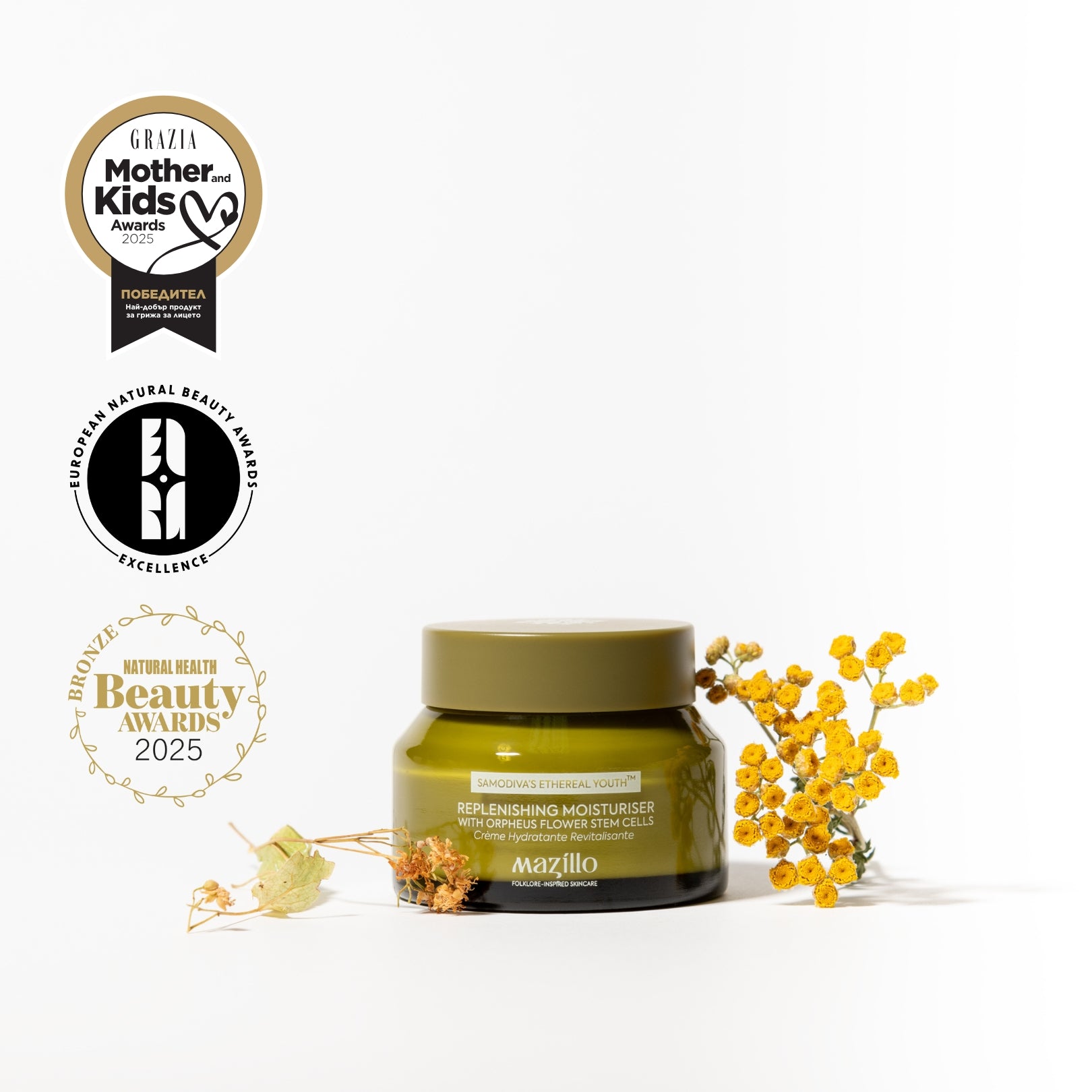
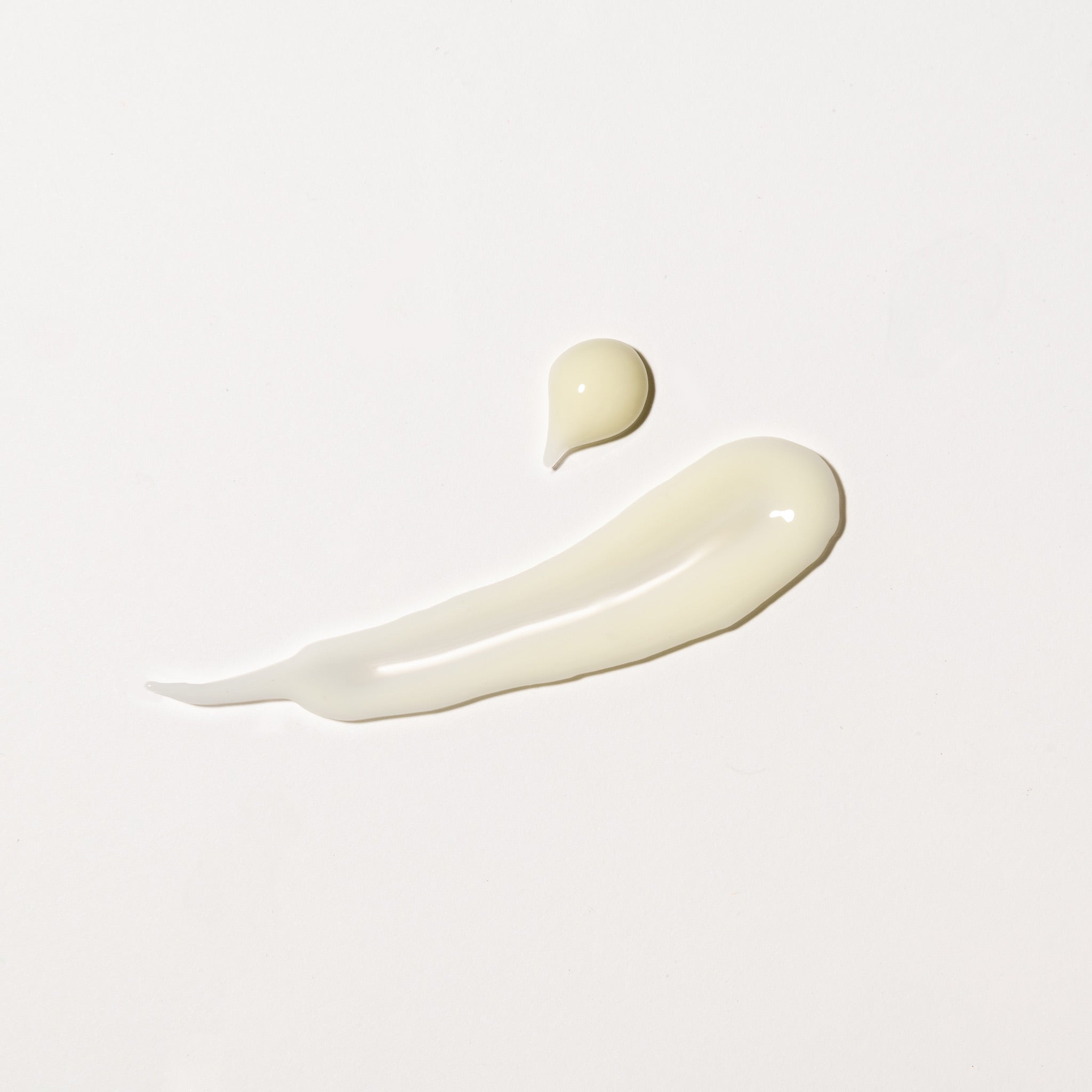
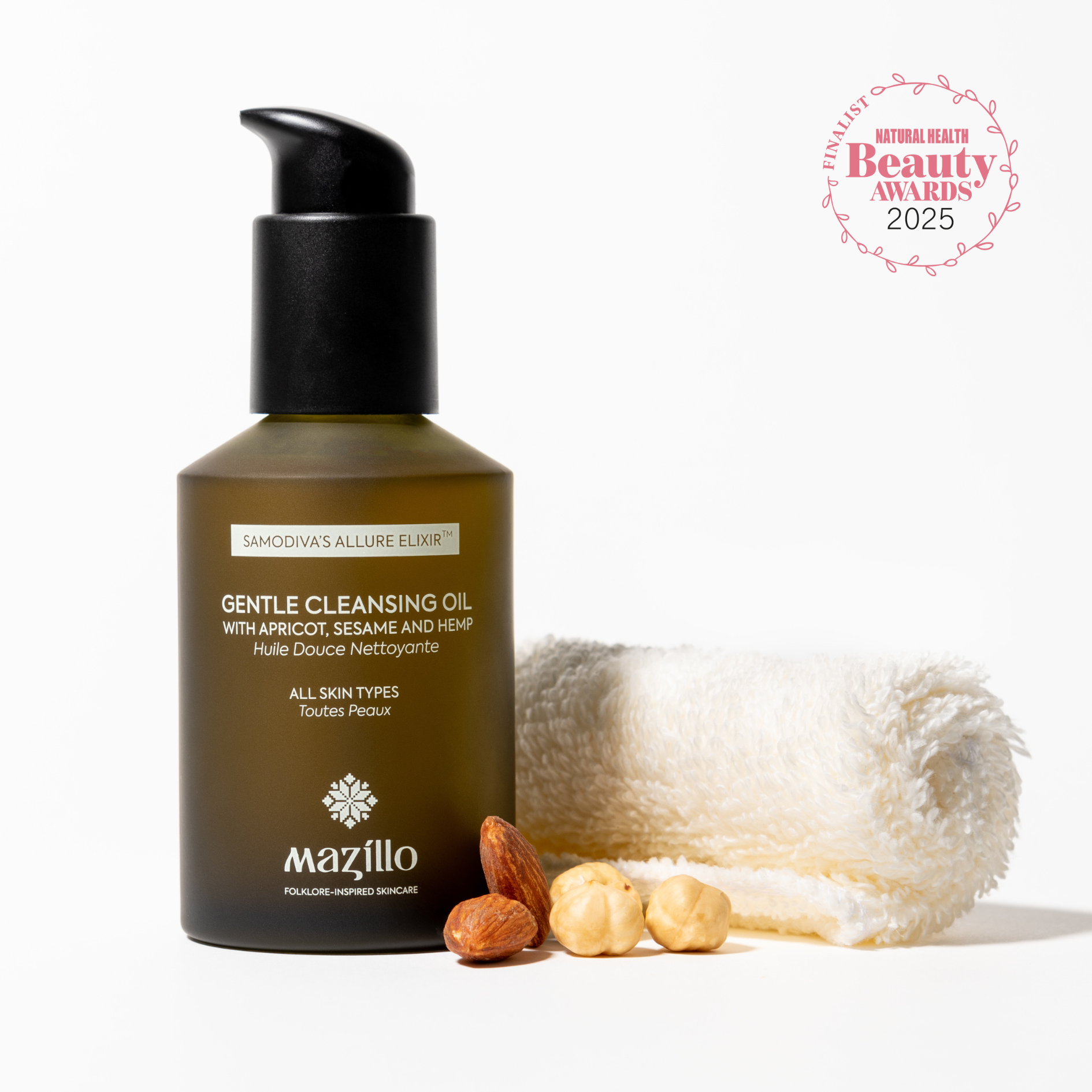

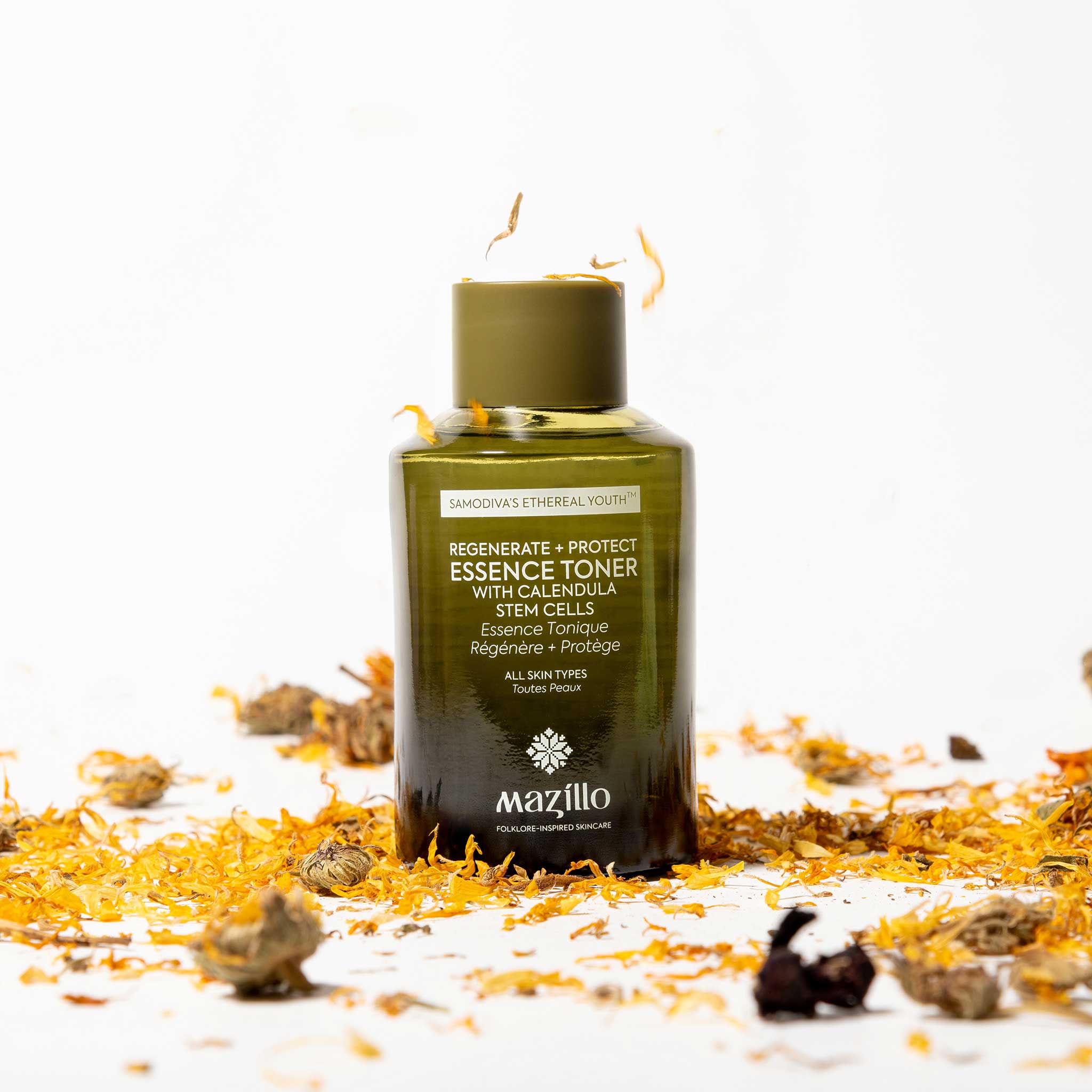
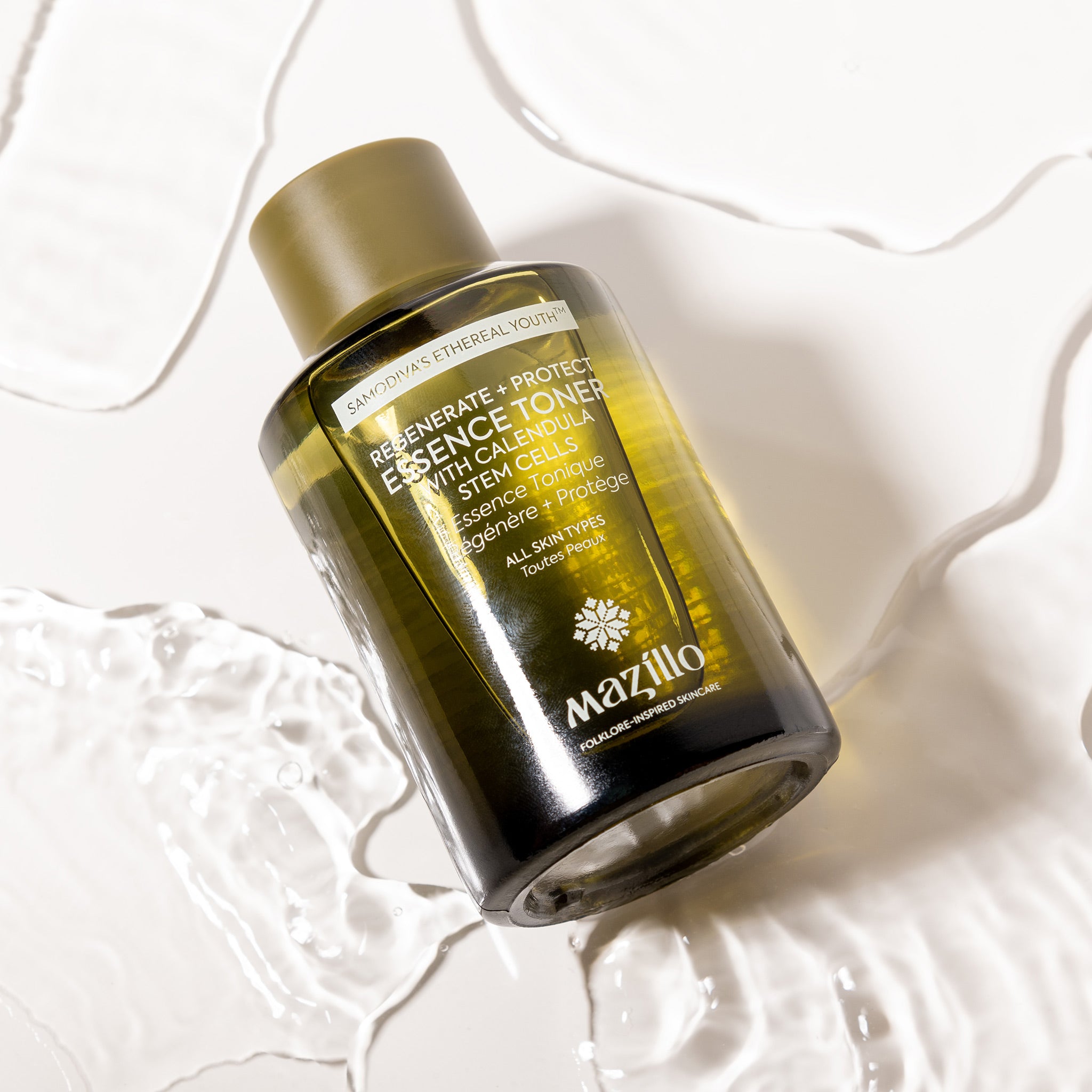

Leave a comment